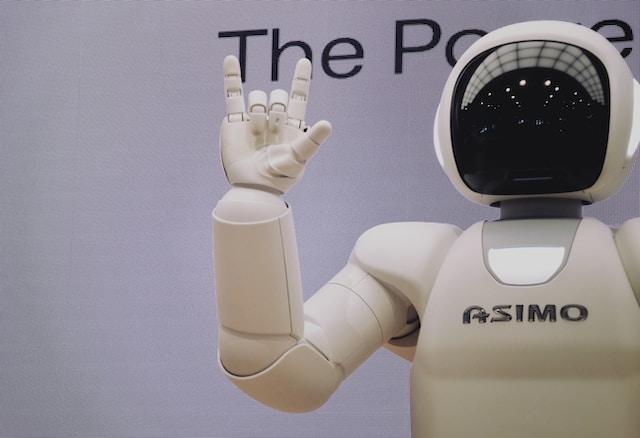The rapid advancements in artificial intelligence (AI) have revolutionized various industries, from healthcare and finance to transportation and communication. AI’s immense computing power, fueled by specialized chips, has been a driving force behind these breakthroughs. However, the United States is currently evaluating the implementation of new export restrictions on computing power in AI chips. This article explores the potential implications of these regulations and their impact on the technology industry and national security.
Export restrictions on computing power in AI chips would significantly affect the global technology landscape. These specialized chips, known as graphics processing units (GPUs) and application-specific integrated circuits (ASICs), enable high-performance computing and efficient AI training. They have become an integral part of AI infrastructure, powering machine learning algorithms and deep neural networks.
By imposing export controls, the US government aims to protect its technological edge and prevent sensitive AI technology from falling into the wrong hands. It seeks to ensure that advanced computing power does not end up in countries or organizations that could potentially misuse it or pose a threat to national security.
While the US already imposes export controls on certain technologies, the proposed restrictions would specifically target computing power in AI chips. This approach acknowledges the significance of AI’s computing prowess in driving technological advancements and the need to safeguard it.
However, the implementation of such restrictions raises concerns among technology companies and researchers. The availability of powerful AI chips has fueled innovation, enabling breakthroughs in autonomous vehicles, medical research, natural language processing, and more. Limiting their export could hinder global collaboration, slow down research and development, and impede the progress of AI-driven applications.
Moreover, technology companies rely on the global supply chain to develop and manufacture AI chips. These export restrictions could disrupt the supply chain, leading to increased costs, delays in product development, and potentially impacting the competitiveness of US-based companies in the global market.
Balancing the need for national security with the promotion of technological advancements and international collaboration is a challenging task. It requires policymakers to strike the right balance between protecting sensitive technology and ensuring the free flow of innovation and knowledge across borders.
In response to these potential export restrictions, alternative approaches are being explored. One potential solution involves strengthening domestic capabilities by investing in research and development to advance AI chip technology within the United States. By bolstering its own capabilities, the US can maintain its technological edge while minimizing the risks associated with unrestricted global exports.
In conclusion, the United States is currently contemplating new export restrictions on computing power in AI chips. While the proposed regulations aim to protect national security and safeguard advanced AI technology, they also pose challenges to the technology industry and international collaboration. Striking the right balance between security and innovation will be crucial in shaping the future of AI advancements and maintaining the US’s position at the forefront of technological progress.












